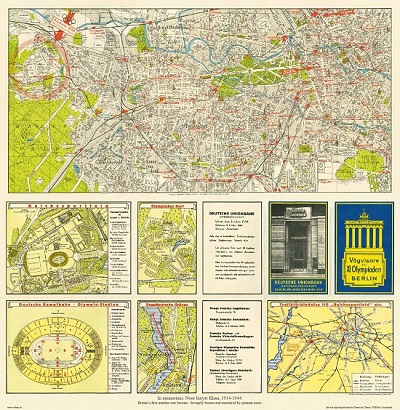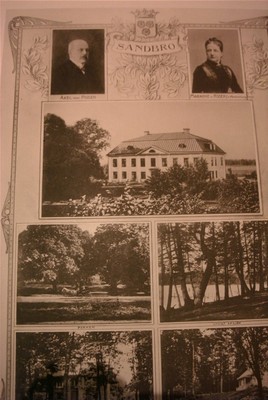Molyneux, Emery.
Biografiska uppgifter:Död i juni 1598.
Emery Molyneux was an English Elizabethan maker of globes, mathematical instruments and ordnance. His terrestrial and celestial globes, first published in 1592, were the first to be made in England and the first to be made by an Englishman.
Molyneux was known as a mathematician and maker of mathematical instruments such as compasses and hourglasses. He became acquainted with many prominent men of the day, including the writer Richard Hakluyt and the mathematicians Robert Hues and Edward Wright. He also knew the explorers Thomas Cavendish, Francis Drake, Walter Raleigh and John Davis. Davis probably introduced Molyneux to his own patron, the London merchant William Sanderson, who largely financed the construction of the globes. When completed, the globes were presented to Elizabeth I. Larger globes were acquired by royalty, noblemen and academic institutions, while smaller ones were purchased as practical navigation aids for sailors and students. The globes were the first to be made in such a way that they were unaffected by the humidity at sea, and they came into general use on ships.
Molyneux emigrated to Amsterdam with his wife in 1596 or 1597. He succeeded in interesting the States-General, the parliament of the United Provinces, in a cannon he had invented, but he died suddenly in June 1598, apparently in poverty. The globe-making industry in England died with him.
Only six of his globes are believed still to be in existence. Three are in England, of which one pair consisting of a terrestrial and a celestial globe is owned by Middle Temple and displayed in its library, while a terrestrial globe is at Petworth House in Petworth, West Sussex.
Molyneux accompanied Francis Drake on his 1577–1580 circumnavigation of the world; as Ubaldini reported, '[h]e himself has been in those seas and on those coasts in the service of the same Drake'. A legend in Latin on the terrestrial globe, explaining why Molyneux had left out the polar lands and corrected the distance across the Atlantic Ocean between The Lizard and Cape Race in Newfoundland, concluded:
'Quod equide[m] effeci tu[m] ex meis navigationibus primo, tum deinceps ex felici illa sub clariss. Fran. Drako ad Indos Occident, expeditione, in qua non modo optimas quasqu[e] alioru[m] descriptiones, sed quidquid mea quantulacu[m]que, vel scie[n]ta vel experientia ad integru[m] hoc qui[n]quen[n]io pr[a]estare potuit, ad hujus operis perfectione[m] co[m]paravi ...' [I have been able to do this both in the first place from my own voyages and secondly from that successful expedition to the West Indies under the most illustrious Francis Drake: in which expedition I have put together not only all the best delineations of others, but everything my own humble knowledge or experience has been able to furnish in the last five years to the perfecting of this work.]
Bland arbeten:
'The Globes Celestial and Terrestrial Set Forth in Plano'
Tillbaka till början.



